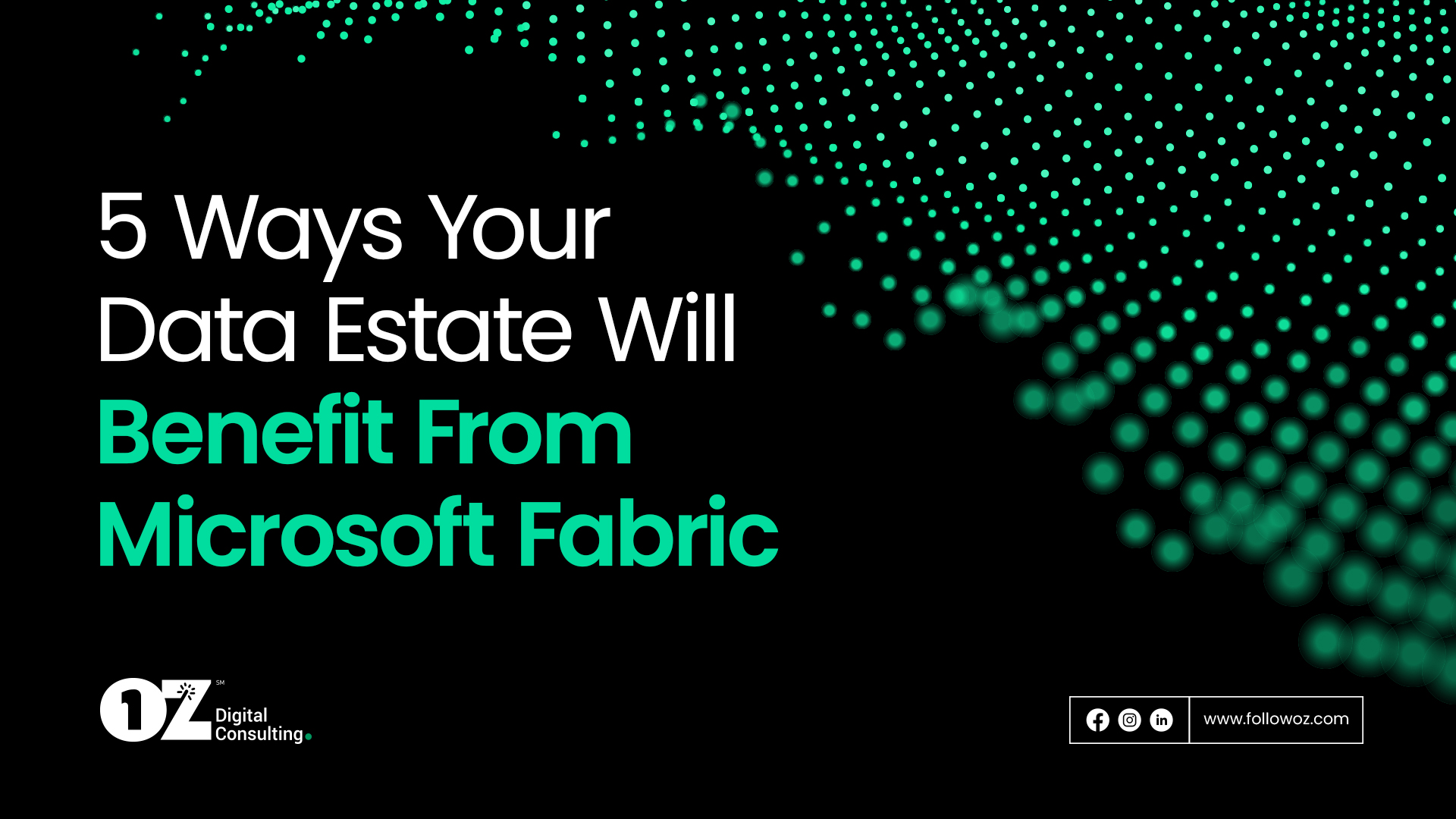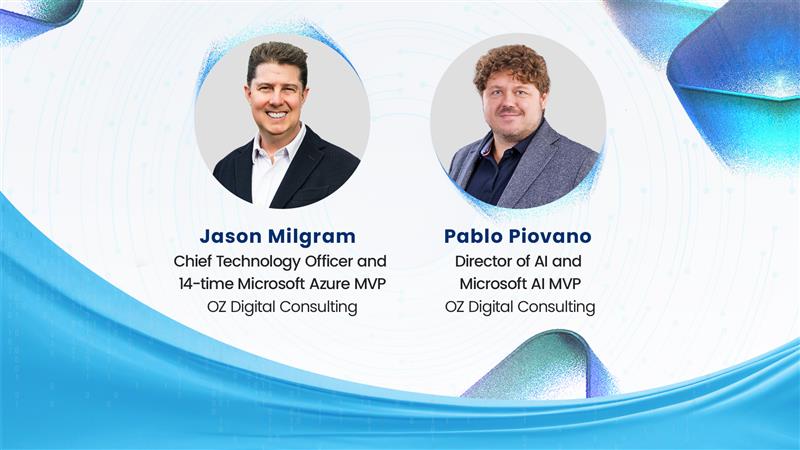By Sal Cardozo, Senior Vice President, Data Analytics & AI
The age of AI has begun — and data is one of the most powerful drivers of this change. Just as data is the backbone of AI, AI has the power to redefine what’s possible with data. Together, AI and data can be a force multiplier for businesses. And an opportunity for IT leaders to start thinking about how to connect AI and data.
To use AI-powered data effectively, businesses need to start by examining their data estate. A data estate allows you to unlock the full potential of data right from the first time you receive it through analytics and actionable business intelligence.
Because a data estate is fundamental to how organizations get their insights, it’s essential to design and implement one that’s right for you.
The Modern Data Estate for Modern-Day Businesses
Most organizations today store their data in multiple locations — virtually and geographically, including operational databases, data warehouses, and data lakes — creating a digital whirlwind of information.
Most of it is stored in data warehouses and data lakes. Data warehouses provide critical insights into the business. Data lakes uncover important signals about customers, products, employees, and processes. Both are important yet often operate independently of one another, leading to siloed data.
Applying advanced analytics and machine learning to such disparate data can be challenging, putting actionable insights out of reach. That’s why you need to unify your data from across the business to make finding, tracking, and sharing it easier.
In the age of AI, you can no longer depend on hacked-together solutions that don’t work seamlessly across the organization. Instead, you need a comprehensive data analytics solution that integrates and transforms data into insights.
Enter Microsoft Fabric.
Microsoft Fabric: Data Analytics for the Era of AI
Microsoft Fabric is an all-in-one analytics solution for everything from data movement to data science, real-time analytics, and business intelligence. It provides a comprehensive suite of services, including data lake, data engineering, and data integration — all in one place.
You don’t need to put together different services from different vendors with Fabric. Instead, you can enjoy a highly integrated, end-to-end solution that’s simple to use.
Plus, integration becomes much easier with a Software as a Service (SaaS) platform.
Benefits of Migrating Your Data Estate to Microsoft Fabric
Here are five key benefits of migrating your data estate to Microsoft Fabric:
1) Real-time Insights from Everywhere — Every Time
With an extensive suite of services — including data connectors, engineering tools, data science, and analytics workflows — Microsoft Fabric allows you to access and explore data from any source.
The Data Factory workload provides over 150 connectors to various data sources, supporting extensive connectivity through data flows and pipelines. In addition, Microsoft Fabric integrates Azure OpenAI Service at every layer, enabling enterprises to use AI and GPT-powered CoPilot for creating data pipelines, generating code, and building models using natural language.
2) Centralized Governance and Access Through OneLake
The data lake is the foundation for all Fabric services. Microsoft Fabric Lake — also known as OneLake — provides a unified location for all your data, allowing it to be shared between users and applications.
For example, with Fabric, you can directly access OneLake data with Excel, and analyze and generate a PowerBI report with one click.
Microsoft Fabric ensures data is secure, compliant, and consistent across the enterprise, allowing you to define and enforce policies for data access, quality, and privacy and monitor and audit data usage and performance.
3) AI Workflows That Scale
Microsoft Fabric enables you to build, deploy, and manage AI models using various tools and frameworks. Instead of spending inordinate amounts of time collecting and cleansing data before building models and solutions, you can now use Synapse Data Science. It offers built-in machine-learning capabilities. The Azure ML-powered MLFlow model and the SynapseML Spark library help accelerate the data science workflow significantly.
4) Pre-Built Workloads
Microsoft Fabric offers several built-in solutions and tools for specific business scenarios, and seven workloads, ranging from Data Factory and Synapse Data Science to Synapse Data Engineering, Warehousing, Analytics, and Power BI.
Each caters to different users within the data enterprise and works with each other using OneLake as a centralized data source. It also integrates deeply with Microsoft Purview to ensure data security and compliance.
5) Cost Management
Microsoft Fabric empowers businesses to optimize their data and AI investments through flexible pricing, pay-as-you-go models, and consumption-based billing.
It helps businesses preparing for the era of AI transformation envision an efficient and impactful data estate. Adopting Microsoft Fabric early lays the foundation for successfully transitioning to a data-driven and AI-enabled culture.
An Experienced Partner You Can Trust
Contact us if you’d like to unleash your data’s potential with a unified analytics solution like Microsoft Fabric. We can help you simplify data management, reduce cost and complexity, and accelerate business value.



